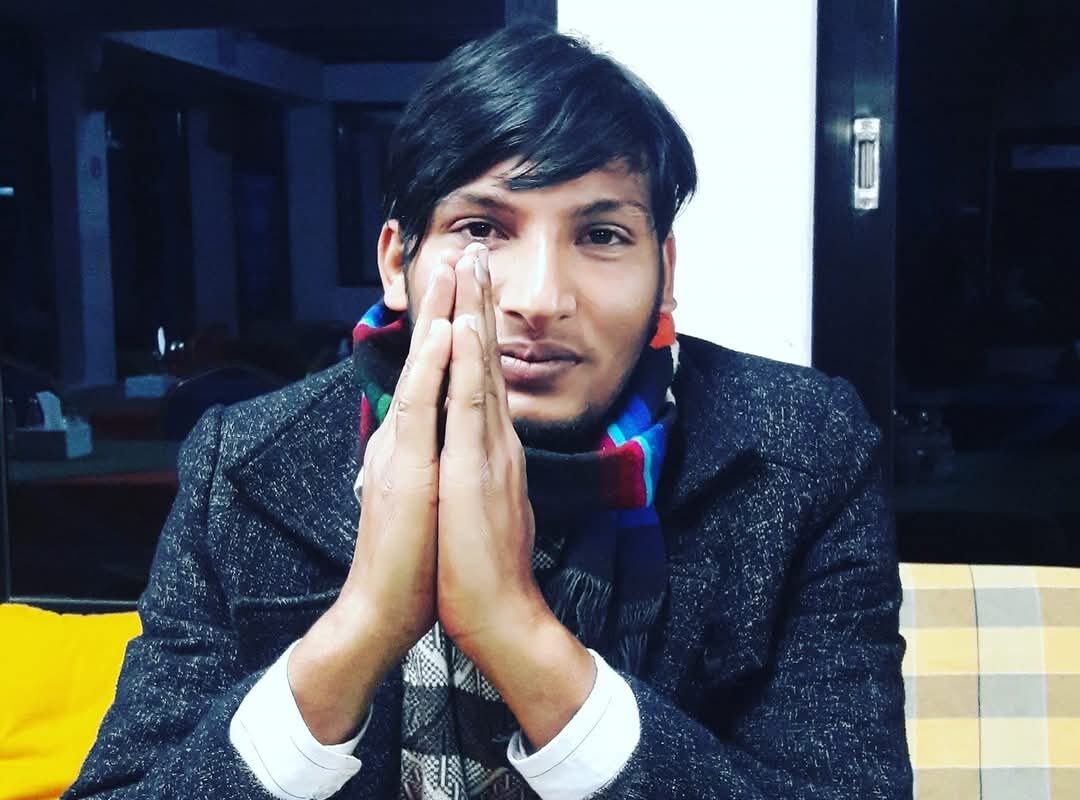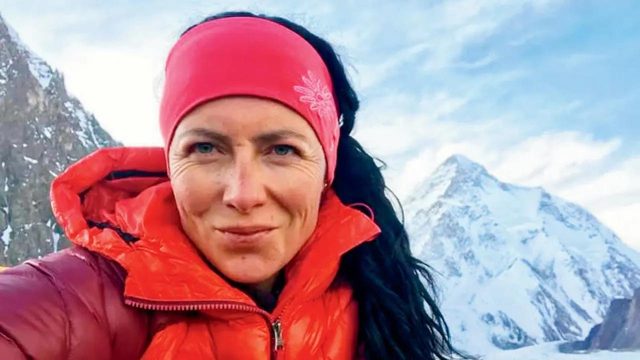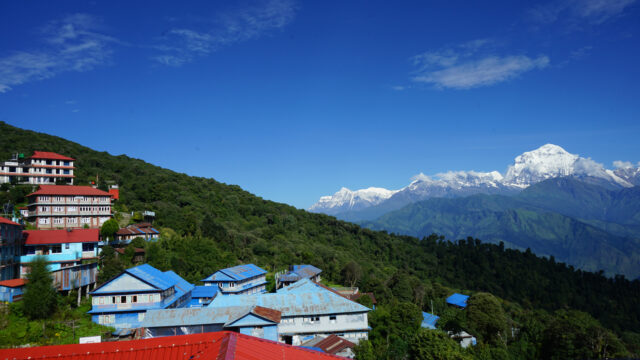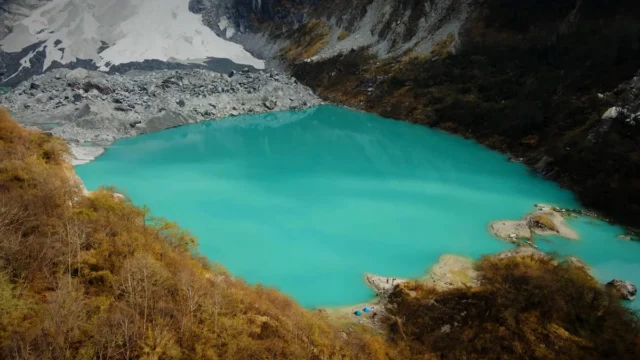Nepal is one of the best trekking destinations in the world, offering both restricted and non-restricted trekking areas. While non-restricted areas are open to all, restricted areas require special permits and have certain rules to protect nature and culture. Based on recent data, I want to share insights on how trekking numbers are changing and what it means for adventure travelers.
Trekking in Non-Restricted Areas:-
Non-restricted trekking areas are more accessible and don’t require special permits. These include famous trails like Everest Base Camp, Annapurna Circuit, Langtang, and Manaslu.
Annual Trekking Data (2078 & 2079):-
- Manaslu: Increased from 3,094 trekkers in 2078 to 5,890 in 2079.
- Mustang: Grew from 1,198 in 2078 to 3,387 in 2079.
- Nar Phu: Saw 512 trekkers in 2078 and 1,194 in 2079.
- Upper Dolpa: It decreased from 492 to 145.
- Others (Various Regions): Increased from 204 to 453.
- Humla: Dropped from 1,442 to 178 trekkers.
- Kanchanjunga: Declined from 858 to 405 trekkers.
- Lower Dolpa: Decreased from 786 to 365 trekkers.
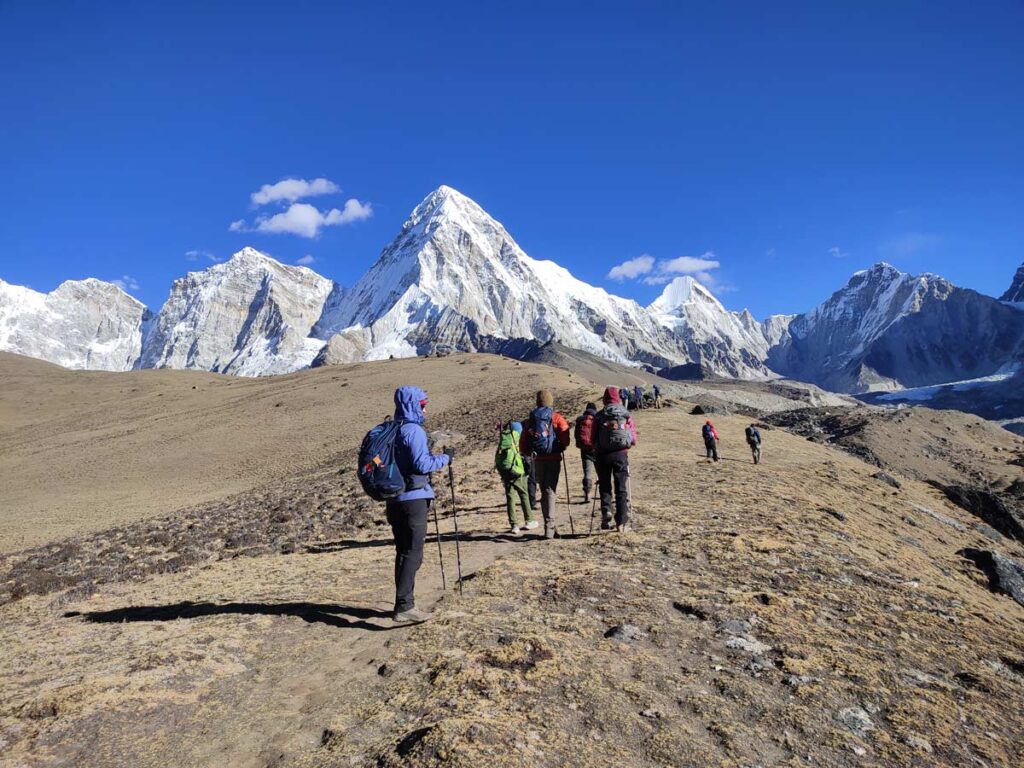
The numbers show some trekking areas, like Manaslu and Mustang, becoming more popular, while others, like Humla and Kanchanjunga, are seeing fewer visitors. This could be due to accessibility, awareness, or trekking conditions.
Trekking in Restricted Areas:-
Restricted areas need special permits and are less crowded, offering a more untouched and exclusive trekking experience. These regions include Upper Mustang, Manaslu, Tsum Valley, Dolpa, Nar Phu, and others.
Monthly Trekking Data:-
- Manaslu – 3,094 trekkers
- Upper Mustang – 1,198 trekkers
- Tsum Valley – 753 trekkers
- Nar Phu – 512 trekkers
- Kanchanjunga – 405 trekkers
- Lower Dolpa – 365 trekkers
- Humla – 178 trekkers
- Mugu – 41 trekkers
- Upper Dolpa – 145 trekkers
- Sankhuwasabha – 59 trekkers
- Rasuwa – 10 trekkers
- Dolakha – 89 trekkers
- Bajhang – 4 trekkers
- Darchula – 1 trekker
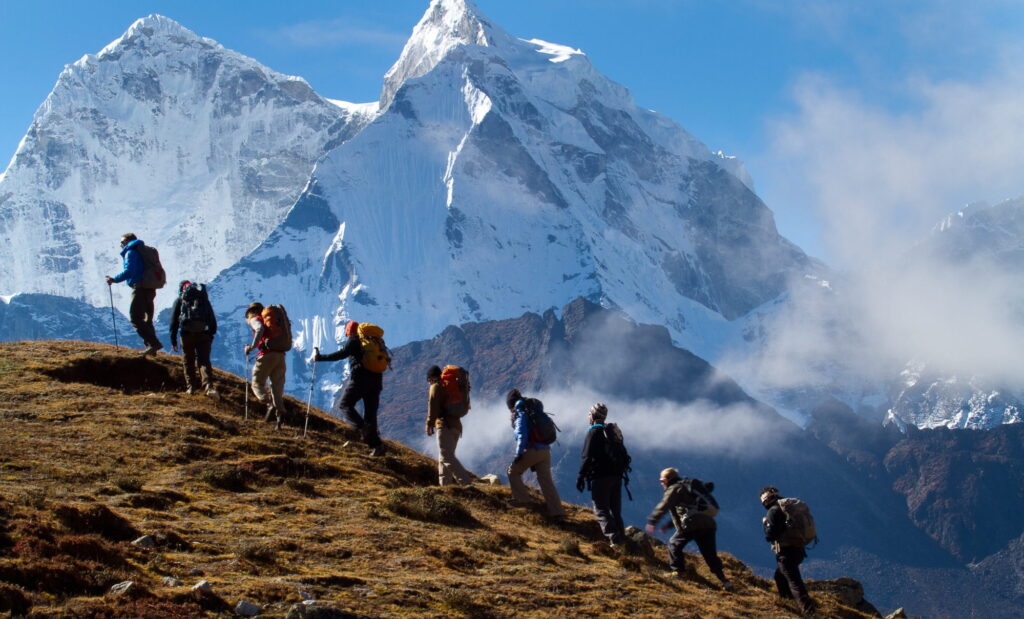
Key Observations:-
- Manaslu is Growing Rapidly – It had 3,094 trekkers in restricted areas and 5,890 trekkers in non-restricted areas, making it one of the most visited trekking regions.
- Upper Mustang Remains Popular – With 1,198 trekkers, this culturally rich region is attracting steady visitors.
- Nar Phu & Tsum Valley Are Emerging Destinations – These lesser-known places are gaining attention among adventure seekers.
- Some Restricted Areas See Fewer Visitors – Regions like Sankhuwasabha, Rasuwa, and Bajhang had very few trekkers, likely due to difficulty in access or limited promotion.
Which Trekking Area Should You Choose?
Restricted Areas (Special Permit Required)
1. Less crowded – Enjoy the peace and beauty of untouched nature.
2. Rich culture – Experience authentic local traditions.
3. Unique landscapes – Explore places with rare scenery and heritage.
4. Higher cost – Permit fees and logistics can be expensive.
5. Tougher access – Some areas require long hikes or difficult transport.
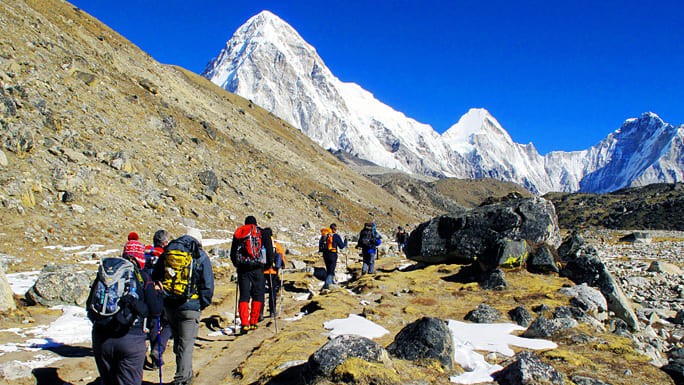
Non-Restricted Areas (No Special Permit Needed)
1. Easier to access – No extra permits or paperwork.
2. Well-developed routes – More lodges, facilities, and guides are available.
3. Popular among trekkers – Meet fellow travelers from around the world.
4. More crowded – Busy trails, especially in peak season.
Nepal’s trekking industry has witnessed significant shifts in visitor numbers across various regions between 2078 and 2079. Among the most notable changes, Manaslu has seen a remarkable rise in trekkers, increasing from 3,094 in 2078 to 5,890 in 2079, making it one of the fastest-growing trekking destinations. Similarly, Mustang has gained popularity, with trekkers increasing from 1,198 to 3,387, while Nar Phu also saw substantial growth from 512 to 1,194 trekkers. In contrast, several trekking regions, including Upper Dolpa, Humla, Kanchenjunga, and Lower Dolpa, experienced a decline.
Upper Dolpa dropped significantly from 492 trekkers to just 145, while Humla saw a sharp decrease from 1,442 to 178. Similarly, Kanchenjunga’s numbers nearly halved from 858 to 405, and Lower Dolpa dropped from 786 to 365. Other trekking destinations, including lesser-known regions, showed moderate increases, such as various trekking areas collectively rising from 204 to 453 trekkers.
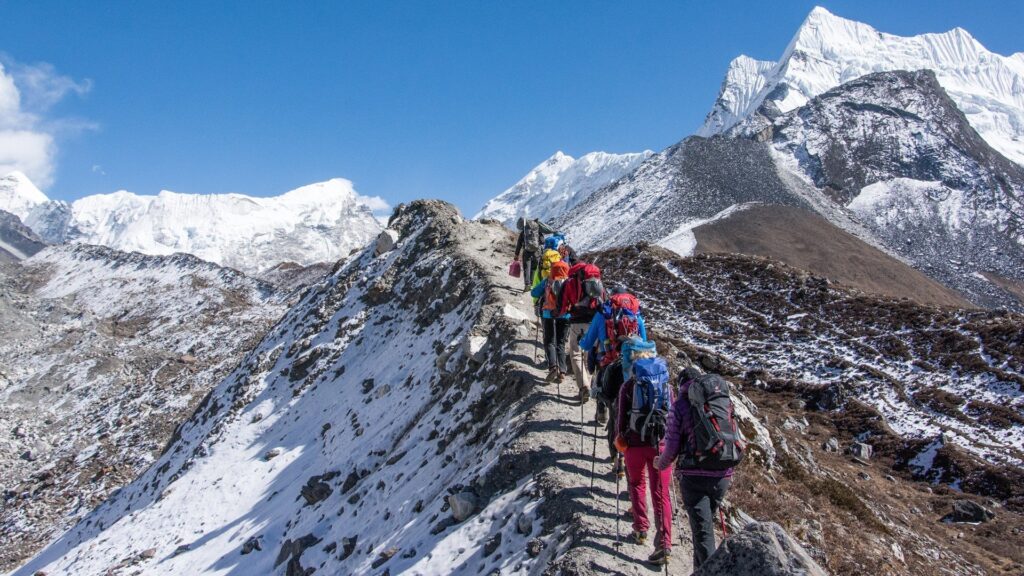
Exploring restricted areas continues to attract adventure seekers looking for untouched and exclusive experiences. These regions, including Upper Mustang, Manaslu, Tsum Valley, Dolpa, and Nar Phu, require special permits and remain less crowded, offering an immersive experience in nature and culture.
Monthly expedition data reveals that Manaslu leads the restricted travel zones, attracting 3,094 explorers, followed by Upper Mustang with 1,198 and Tsum Valley with 753. Nar Phu recorded 512 visitors, while Kanchenjunga saw 405, Lower Dolpa 365, Humla 178, Mugu 41, Upper Dolpa 145, Sankhuwasabha 59, Rasuwa 10, Dolakha 89, Bajhang 4, and Darchula only one adventurer.
Key observations from the data highlight that Manaslu has become a rapidly growing hiking hotspot, with both restricted and non-restricted areas drawing a high number of visitors. Upper Mustang remains a favorite among cultural travelers, while emerging destinations like Nar Phu and Tsum Valley are gaining traction among adventure enthusiasts. However, some restricted areas, such as Sankhuwasabha, Rasuwa, and Bajhang, continue to see very few explorers, possibly due to limited accessibility or lack of promotion.
For those choosing between restricted and non-restricted trekking areas, both options offer unique advantages. Restricted areas provide a peaceful and authentic experience, allowing trekkers to explore untouched landscapes and rich cultural traditions, but they come with higher costs due to special permits and logistical challenges. In contrast, non-restricted areas are easier to access, have well-developed routes with ample facilities, and are popular among global trekkers, though they tend to be more crowded, especially during peak seasons.
Nepal has something for every trekker. Whether you prefer a challenging, off-the-beaten-path journey in restricted areas or a classic, well-supported trek in non-restricted areas, Nepal’s mountains never disappoint. The rising number of trekkers shows how Nepal is becoming even more popular globally. However, we need to promote sustainable trekking to protect these beautiful places.
Written By: Pari Adhikari (Tourism Professional and Trekking Guide)
